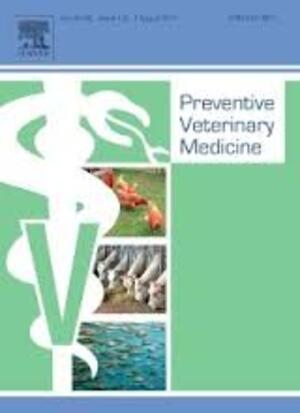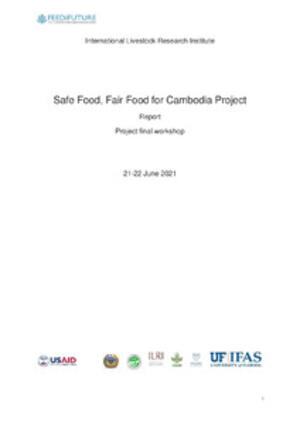
Rift Valley fever virus—How and where virus is maintained during inter-epidemic periods
Abstract
Purpose of Review Rift Valley fever (RVF) virus is associated with recurring disease epidemics among livestock and humans in sub-Saharan Africa and Middle East, where the virus is endemic in certain ecosystems. Since the mechanisms of its maintenance during the long (4–10 year) inter-epidemic periods (IEPs) are poorly understood, we reviewed the latest findings that shed light on this, and identify ecological factors unique to the endemic areas. Recent Findings Recent studies reported acute RVF cases in humans and livestock, and significant disease prevalence during IEPs, indicating low-level cycling of the virus in wildlife, livestock, and humans. Niche modeling identified ecological factors that seem important in supporting the mosquito vector and virus maintenance, and the occurrence of RVF epidemics. Summary The virus is primarily maintained by circulating at low levels among wildlife, livestock, and humans, transmitted by mosquito vectors in ecosystems characterized by low annual rainfall during non-El Niño climatic periods and certain soil types. The findings indicate that prolonged survival of the virus in mosquito eggs, suggested in previous studies, may not be required for its maintenance.
Citation
Njenga, M.K. and Bett, B. 2018. Rift Valley fever virus—How and where virus is maintained during inter-epidemic periods. Current Clinical Microbiology Reports 6(1): 18–24.










